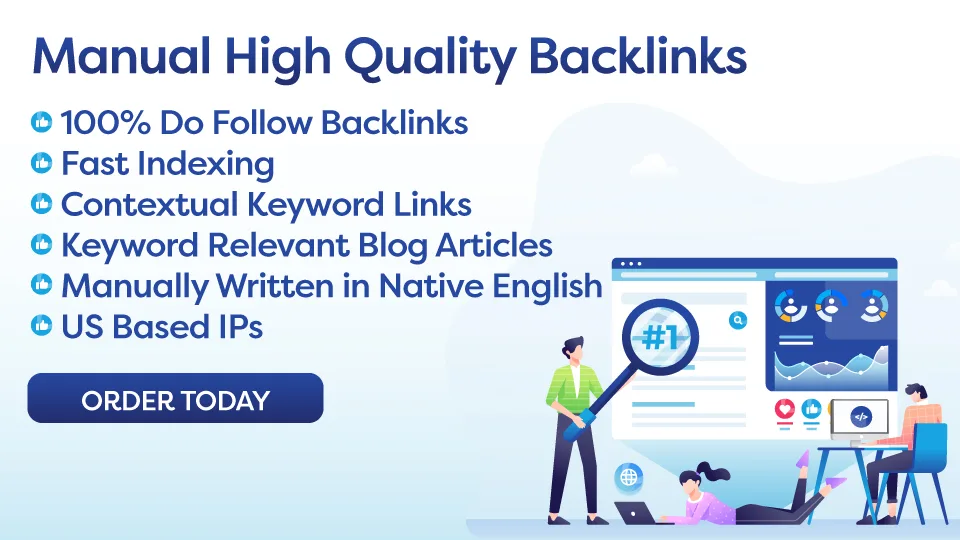Small business owners need to prioritize SEO to improve online visibility and attract more customers. The key areas to focus on include keywords and content optimization, local SEO strategies, website structure and mobile-friendliness, link building, and tracking SEO performance. It’s crucial to choose relevant keywords, create high-quality content, optimize Google My Business listing, ensure website is user-friendly and mobile-responsive, build high-quality backlinks, and monitor SEO performance regularly. Implementing these strategies will help small businesses improve search engine rankings and grow their online presence. SEO is a long-term strategy that requires continuous monitoring and optimization for long-term success.
Excerpt: Are you a small business owner looking to improve your online visibility? Check out this small business SEO checklist for essential tips and tricks!
Introduction:
In today’s digital age, having a strong online presence is crucial for the success of any small business. With so many consumers turning to search engines to find products and services, it’s important for small business owners to prioritize SEO (search engine optimization) to improve their visibility and reach a wider audience. By implementing the right strategies, small businesses can attract more customers, increase their website traffic, and ultimately grow their business. In this article, we will discuss a comprehensive small business SEO checklist to help business owners navigate the world of online marketing and improve their search engine rankings.
Key Takeaways:
1. Importance of keywords and content optimization
2. Local SEO optimization strategies
3. Website structure and mobile-friendliness
4. Link building and off-page SEO tactics
5. Tracking and analyzing SEO performance
Keywords and content optimization:
– Choosing the right keywords that are relevant to your business and target audience is essential for SEO success. Incorporate these keywords naturally into your website content, meta descriptions, and headers to improve your search engine rankings.
– Create high-quality, relevant content that provides value to your readers. Content that is engaging, informative, and well-written is more likely to rank higher in search results and attract more traffic to your website.
Local SEO optimization strategies:
– Claim and optimize your Google My Business listing to improve your local search visibility. Add accurate business information, photos, and customer reviews to attract local customers.
– Consistency in NAP (name, address, phone number) details across all online platforms is crucial for local SEO. Make sure your business information is consistent on your website, social media profiles, and business directories.
Website structure and mobile-friendliness:
– Ensure that your website is well-structured with clear navigation and user-friendly design. A well-organized website makes it easier for search engines to crawl and index your pages.
– Optimize your website for mobile devices to provide a seamless user experience for mobile users. Google prioritizes mobile-friendly websites in search results, so it’s important to ensure that your site is responsive and optimized for different screen sizes.
Link building and off-page SEO tactics:
– Build high-quality backlinks from reputable websites to improve your website’s authority and credibility in the eyes of search engines. Focus on earning backlinks from relevant and authoritative sources in your industry.
– Engage in social media marketing, guest blogging, and influencer partnerships to increase your online visibility and attract more traffic to your website.
Tracking and analyzing SEO performance:
– Monitor your website’s SEO performance using tools like Google Analytics and Google Search Console to track key metrics such as website traffic, top performing keywords, and backlink profiles.
– Analyze your SEO data regularly to identify areas for improvement and adjust your SEO strategies accordingly. Regular monitoring and optimization are key to maintaining and improving your search engine rankings over time.
Action Plan:
1. Conduct keyword research to identify relevant keywords for your business.
2. Optimize your website content and meta tags with target keywords.
3. Claim and optimize your Google My Business listing for local SEO.
4. Ensure your website is well-structured and mobile-friendly.
5. Focus on building high-quality backlinks to improve your website’s authority.
6. Monitor and analyze your SEO performance regularly to track progress and make necessary adjustments.
Conclusion:
In conclusion, implementing a solid SEO strategy is essential for small businesses looking to improve their online visibility and attract more customers. By following this small business SEO checklist and focusing on key areas such as keywords, content optimization, local SEO, website structure, link building, and performance tracking, small business owners can effectively improve their search engine rankings and grow their online presence. Remember, SEO is an ongoing process that requires continuous monitoring and optimization to achieve long-term success.
FAQ:
Q: What is SEO and why is it important for small businesses?
A: SEO stands for search engine optimization, which is the practice of optimizing your website to improve its visibility in search engine results. It is important for small businesses because it helps them attract more customers, increase website traffic, and grow their business online.
Q: How long does it take to see results from SEO efforts?
A: SEO is a long-term strategy that requires patience and consistency. While some changes may lead to immediate improvements, it can take several months to see significant results from SEO efforts. Regular monitoring and optimization are key to achieving long-term success.

